This post may contain affiliate links which means I will get a commission if you make a purchase at no additional cost to you. As an Amazon Associate I earn from qualifying purchases. Please read my disclosure for details.
Supermarkets use clever marketing tactics to make you think you’re saving money when you might actually be spending more than necessary.
While some sales are genuinely worth it, others are designed to get you to buy more without real savings. Here are 10 supermarket “sales” that aren’t really a good deal and how to shop smarter.
1. Buy One, Get One Free (BOGO) on Perishable Items
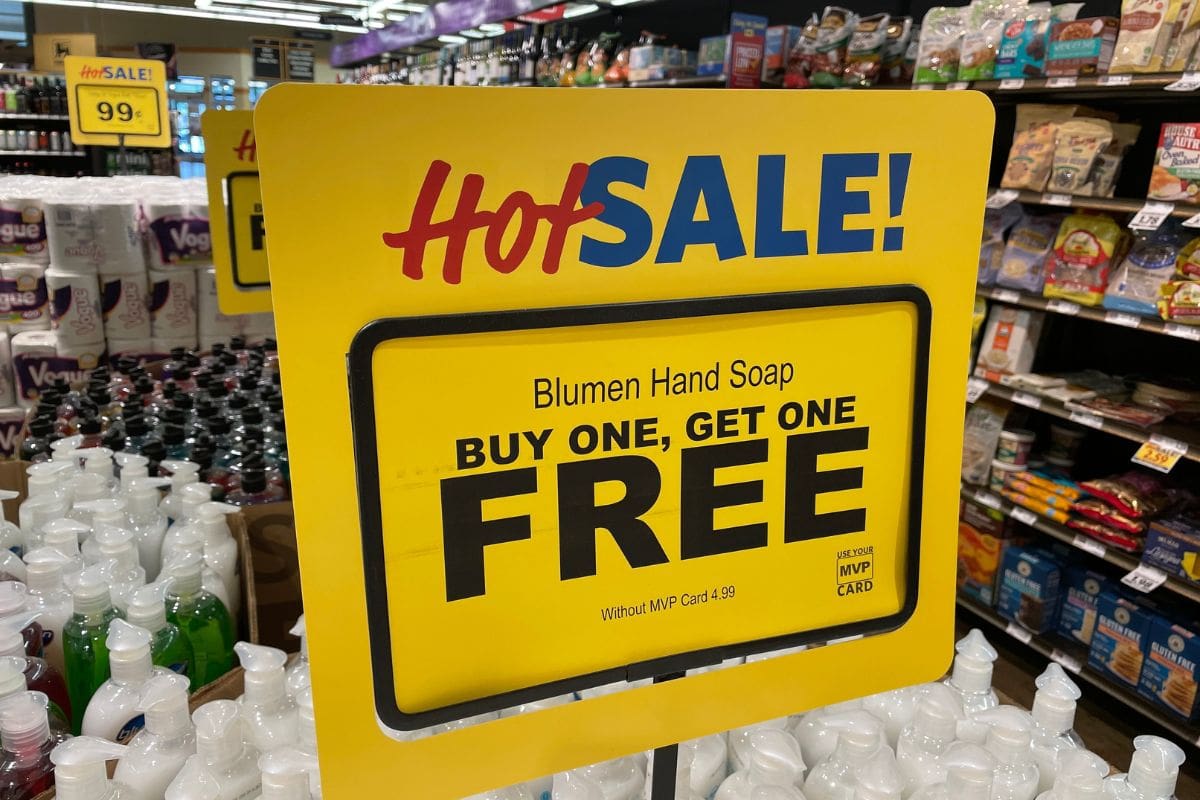
WANT TO SAVE THIS RECIPE?
BOGO deals can seem like a steal, but when it comes to perishable items like dairy, bread, or produce, you might end up throwing away what you can’t use in time. Unless you’re certain you’ll consume both items before they expire, these deals can lead to unnecessary waste rather than savings.
2. 10 for $10 Promotions
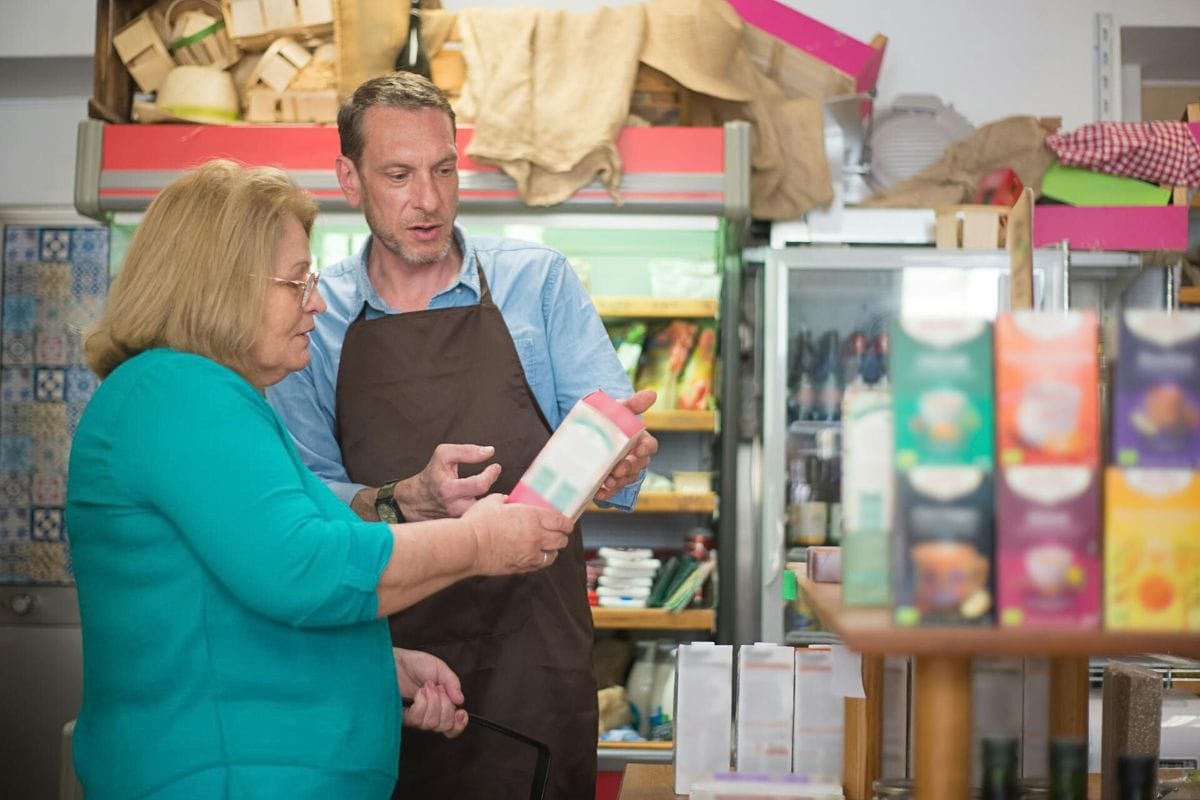
A “10 for $10” sign makes you think you must buy ten to get the discount, but in most cases, each item is just $1 no matter how many you buy. Always check the pricing details—if you only need a few, don’t feel pressured to stock up unnecessarily.
3. Multi-Pack “Discounts” That Cost More Per Unit
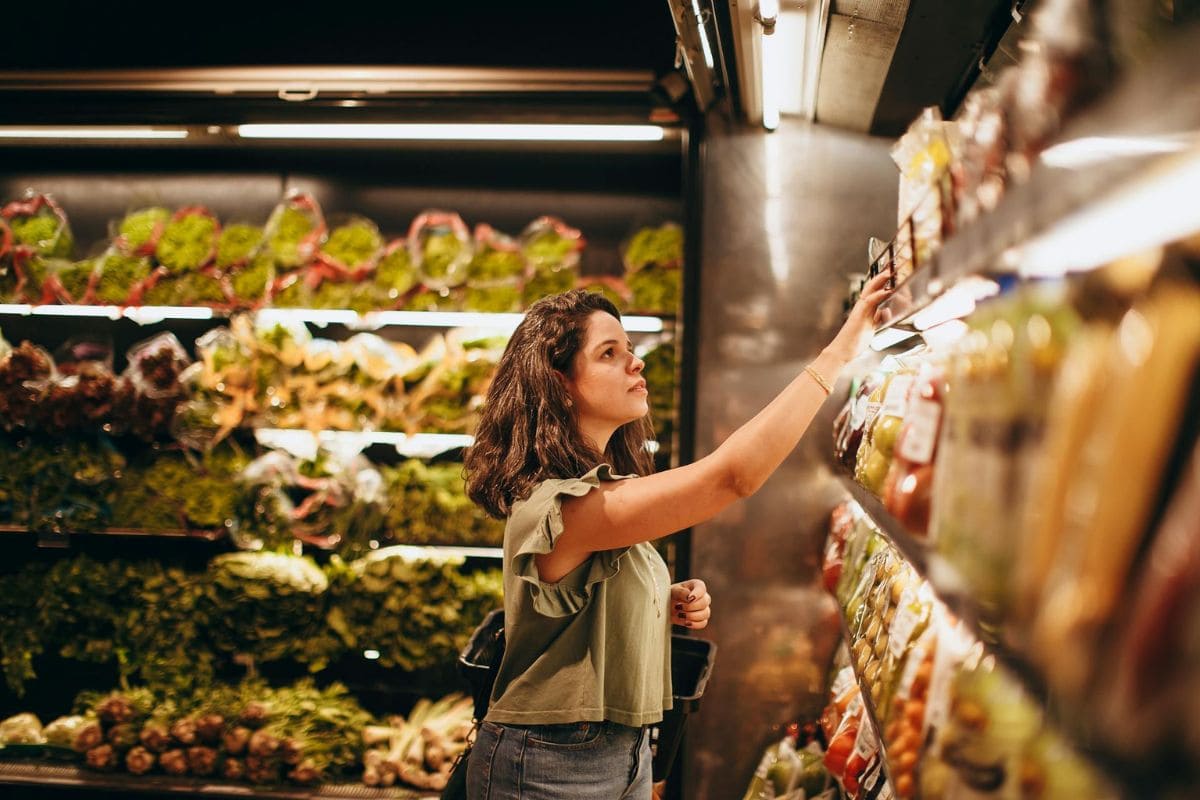
Stores often sell multi-packs of products under the guise of savings, but the per-unit price might actually be higher than buying individual items. Always compare the price per ounce, pound, or piece before assuming the bigger pack is the better deal.
Related Post: 11 Expensive Grocery Items That Are Cheaper in a Different Aisle
4. “Family Size” That Isn’t Cheaper
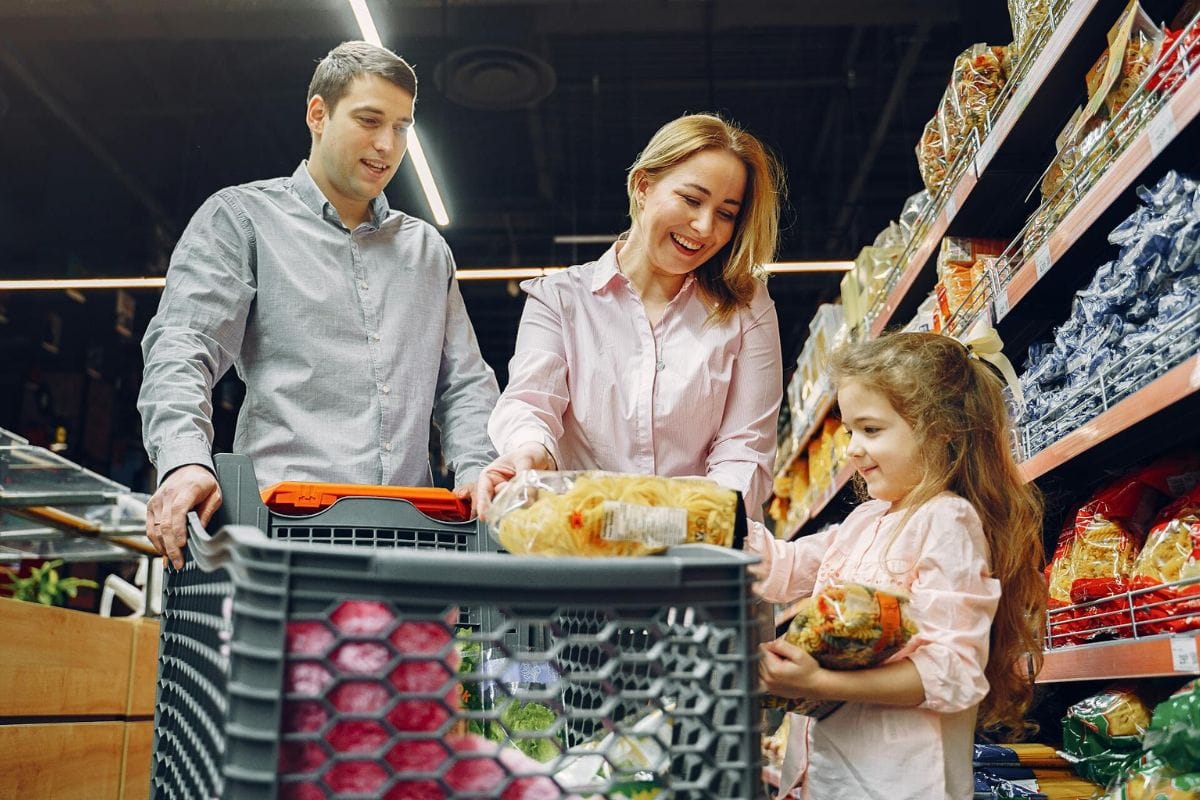
Larger sizes often come with the expectation of savings, but sometimes, smaller versions of the same product are cheaper per unit. Before grabbing the biggest box or bag, check the unit price on the shelf tag to see if you’re really getting a better value.
Related Post: 12 Kitchen Habits That Are Making Your Food Spoil Faster
5. “Limited Time” or “While Supplies Last” Deals

These tactics create a false sense of urgency, making you feel like you must act fast to snag a deal. In reality, these sales often cycle back regularly, so don’t let fear of missing out push you into an unnecessary purchase.
Sign up now to receive our exclusive e-cookbook filled with top-rated recipes for FREE!
6. Grocery Store Coupon “Deals” That Require Extra Purchases
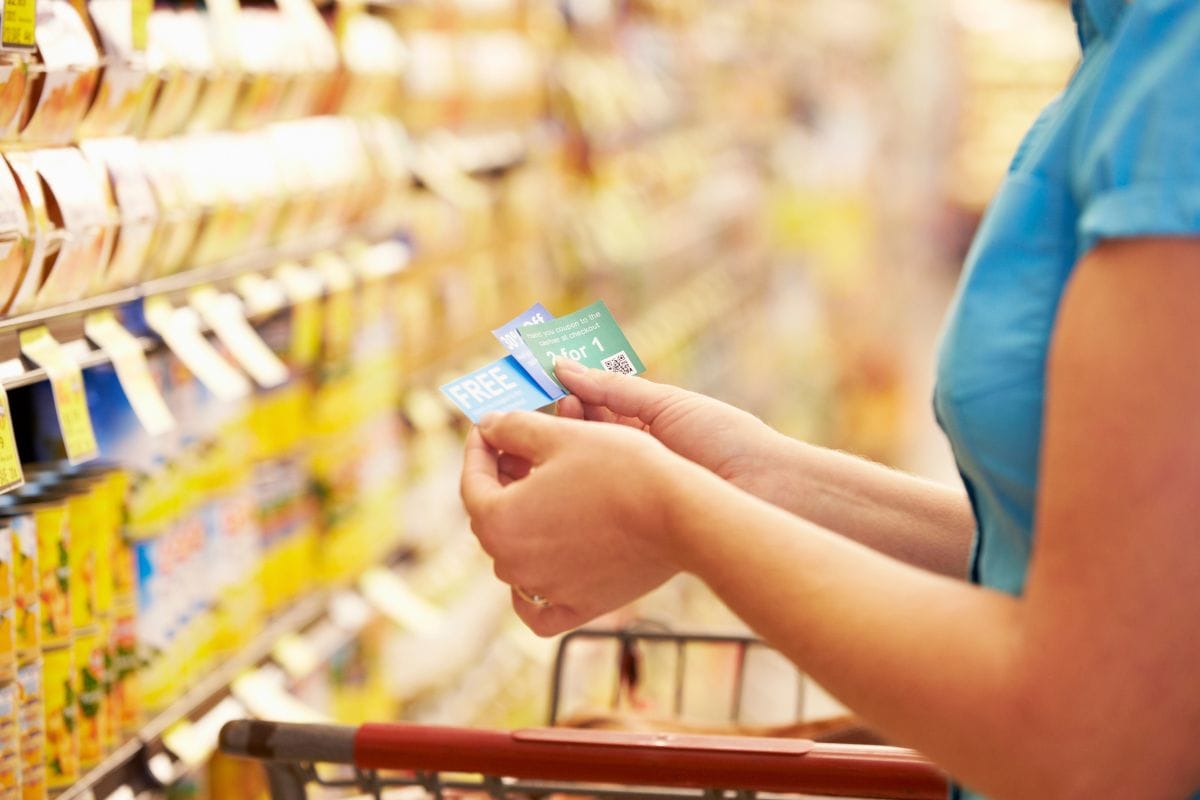
Some stores offer digital or in-store coupons that require you to buy multiple items to get the discount. If you weren’t planning on buying that much in the first place, it’s not really a deal—it’s just extra spending.
Related Post: 10 Foods That Have Shrunk in Size but Increased in Price
7. BOGO 50% Off on High-Priced Items

Getting the second item at half price may seem great, but if the original price is already inflated, the savings might be negligible. Instead of falling for the discount illusion, compare prices with other brands or stores before making a purchase.
Related Post: 10 Old-School Restaurant Chains That Barely Exist Now
8. End Cap Displays That Aren’t on Sale
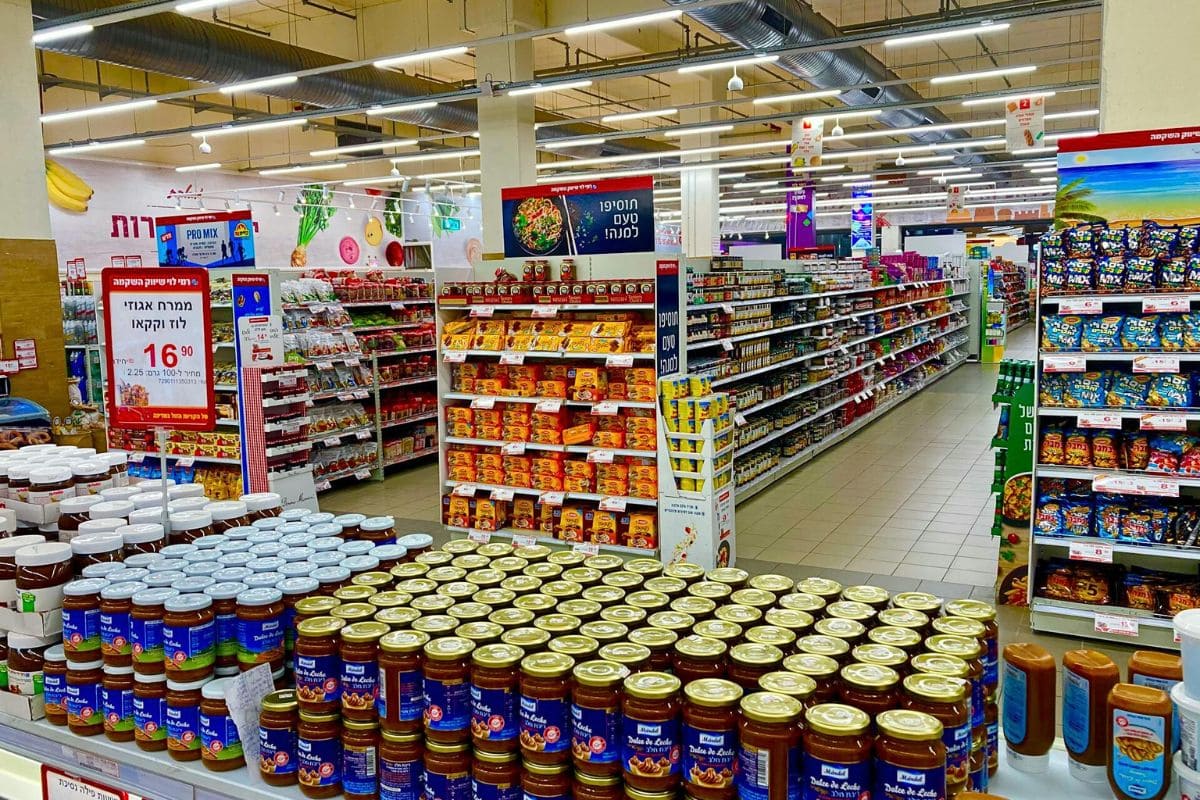
End cap displays—the shelves at the end of aisles—often showcase products you assume are on sale. However, they’re usually just featured items, not discounted ones. Check the price tags carefully instead of assuming these highlighted products are deals.
Related Post: 10 Food Expiration Dates You Should Never Ignore
9. Bundle Deals That Add Up to More

Supermarkets might bundle items like “Buy Chips & Dip for $5” when buying them separately could cost the same—or even less. Always break down the cost of each item individually to see if the bundle actually offers any real savings.
Related Post: 7 Reasons Veganism Isn’t the Ultimate Answer
10. Cashback or Rewards Programs That Encourage Overspending
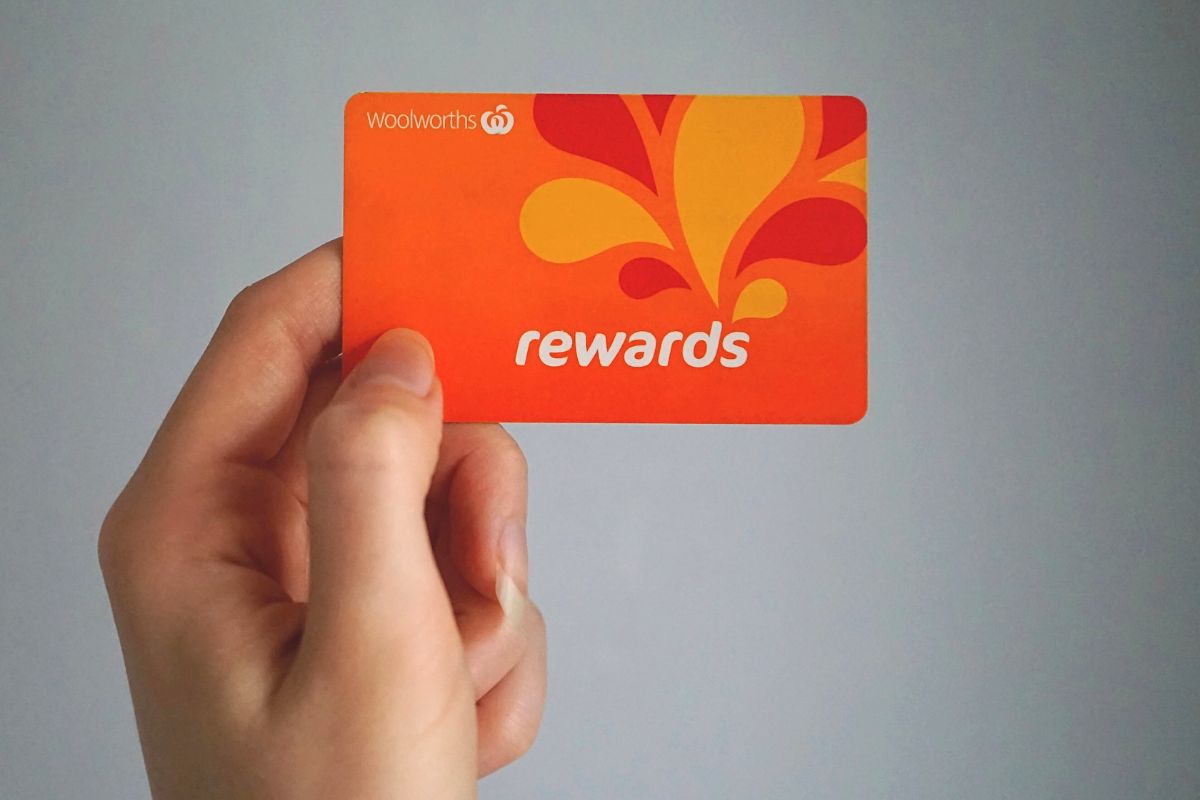
Loyalty programs that offer cashback or points in exchange for spending more can be tempting, but they often encourage you to buy things you don’t need. Unless you were planning to buy those items anyway, it’s not truly a deal—it’s just a way to get you to spend more.
Sign up now to receive our exclusive e-cookbook filled with top-rated recipes for FREE!
Final Thoughts
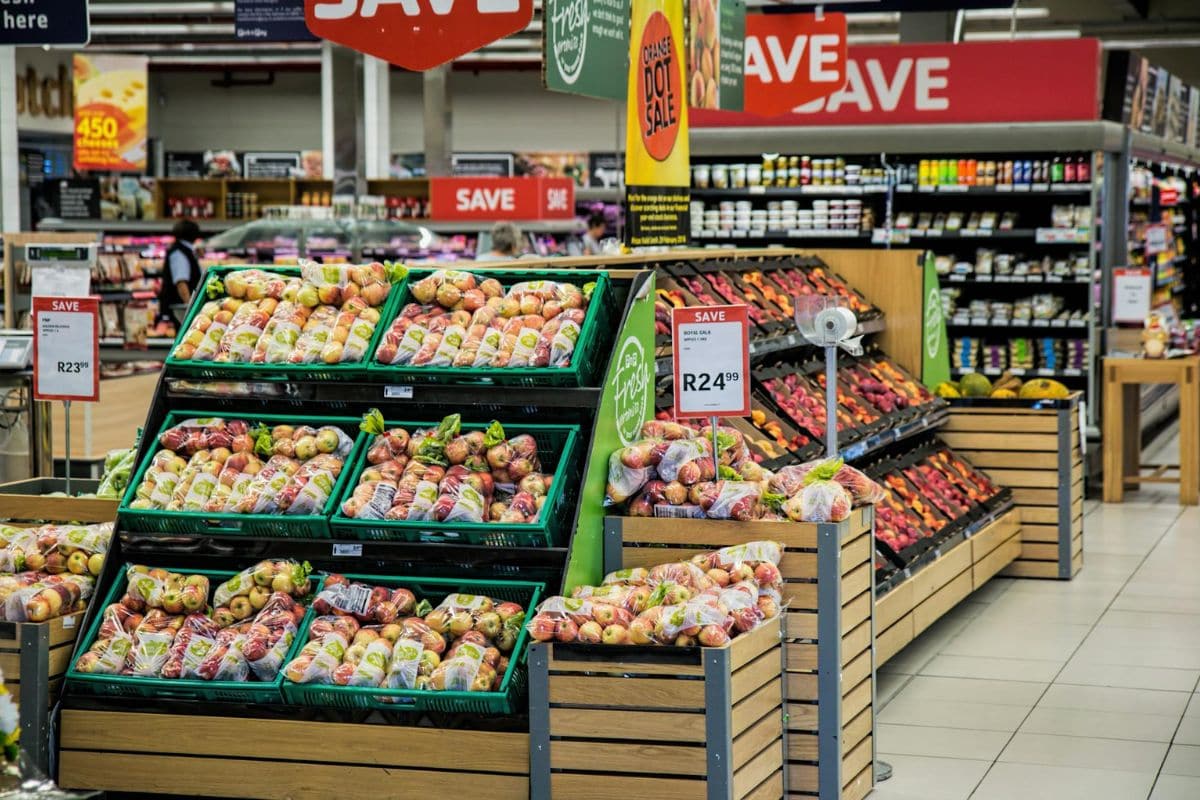
Supermarket sales can be deceptive, luring you into spending more than necessary under the guise of a great deal. To shop smarter, always check unit prices, question bulk discounts, and stick to your grocery list.
The best way to truly save is to buy only what you need, when you need it, rather than falling for marketing tricks designed to increase store profits.
Disclaimer: This list is solely the author’s opinion based on research and publicly available information.
13 Worst Grocery Store Tricks Designed to Mislead Store Shoppers

Ever walked into a grocery store for just a few essentials, only to leave with a cart full of things you didn’t plan to buy? It’s not your lack of willpower—it’s by design!
Read it here: 13 Worst Grocery Store Tricks Designed to Mislead Store Shoppers
These 13 Party Recipes Could Be the Reason Your Events Flop

Great food makes for a great party—but the wrong dishes can ruin the vibe. Whether it’s an unappetizing dip, an impossible-to-eat appetizer, or a dish that sits untouched, some recipes are simply party killers.
Read it here: These 13 Party Recipes Could Be the Reason Your Events Flop
13+ Grocery Hacks That Instantly Slash Your Bill (You’re Overpaying Without Them!)
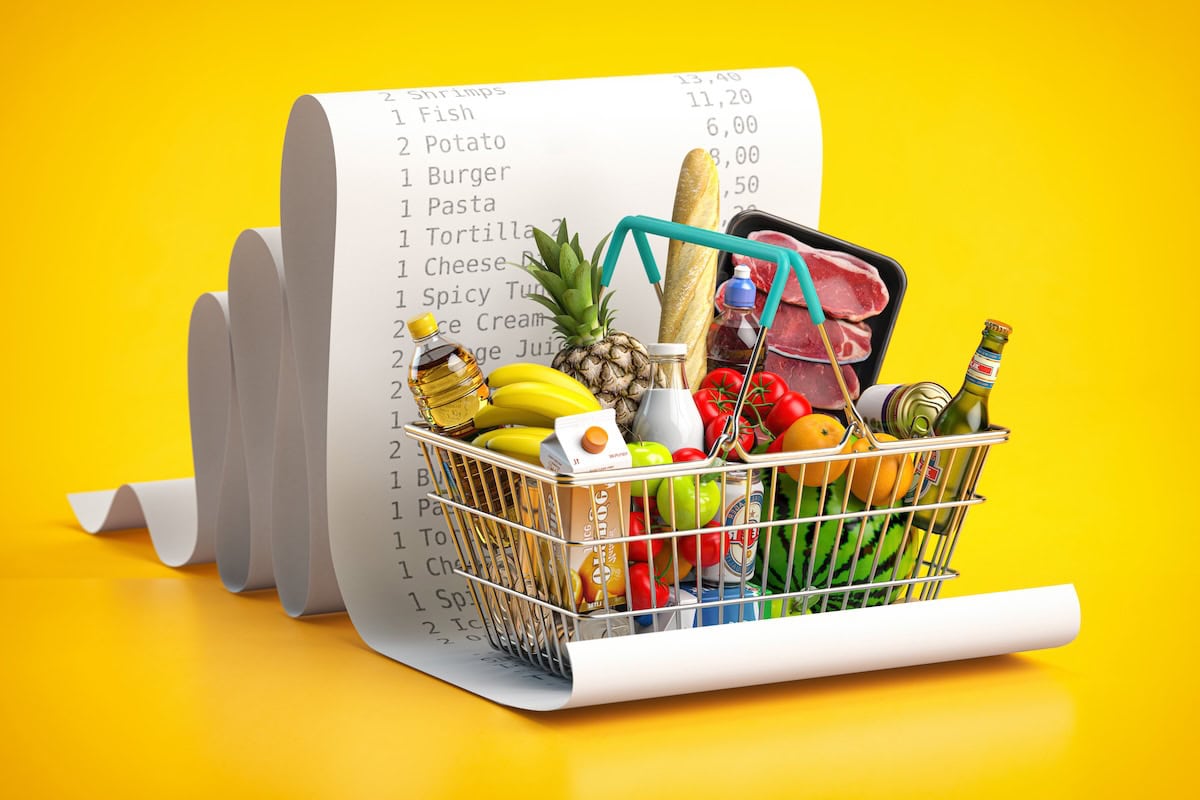
Grocery shopping can quickly become one of the biggest expenses in any household, but with a few strategic adjustments, you can significantly reduce your spending without compromising on quality.
Read it here: 13+ Grocery Hacks That Instantly Slash Your Bill (You’re Overpaying Without Them!)
You’ll love these related posts:
- 10 Grocery Shopping Habits Older Generations Had That Made Life Simpler
- 15 Common Food Myths You’ve Been Believing for Years
- 15 Quick Meals That Pack Bold Flavor in No Time
- 10 Reasons Home-Cooked Meals Aren’t Always Better
- 11 Things You Should Always Buy at the Dollar Store Instead of the Supermarket
